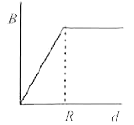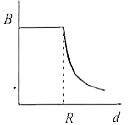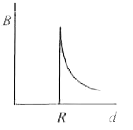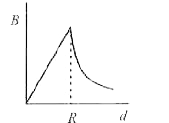Text Solution
AI Generated Solution
|
Topper's Solved these Questions
ELECTRIC CURRENT AND CIRCUIT
CENGAGE PHYSICS|Exercise Exercise 5.2|50 VideosView PlaylistELECTRIC CURRENT AND CIRCUIT
CENGAGE PHYSICS|Exercise Subjective|29 VideosView PlaylistELECTRIC CURRENT AND CIRCUIT
CENGAGE PHYSICS|Exercise Solved Examples|12 VideosView PlaylistELECTRIC CURRENT & CIRCUITS
CENGAGE PHYSICS|Exercise Kirchhoff s law and simple circuits|15 VideosView PlaylistELECTRIC FLUX AND GAUSS LAW
CENGAGE PHYSICS|Exercise MCQ s|38 VideosView Playlist
Similar Questions
Explore conceptually related problems
Knowledge Check
A
B
C
D
Submit
A
B
C
D
Submit
A
B
C
D
Submit
Similar Questions
Explore conceptually related problems
CENGAGE PHYSICS-ELECTRIC CURRENT AND CIRCUIT-Exercise 5.1
- Though the drift velocity of electorn responsible for current in a con...
04:45
|
Play - a. A steady current flows in a metallic conductor of non - uniform cro...
04:55
|
Play - A potential difference V is applied to copper wire fo diameter d and l...
02:46
|
Play - A wire has a resistance R. What will be its resistace if (a) it is d...
04:43
|
Play - The current in a wire varies with time according to the equation I = ...
03:54
|
Play - The following table gives the length of three copper rods, their diame...
05:51
|
Play - The current voltage graphs for a given metalic wire two different temp...
02:37
|
Play - The voltage-current variations of two metallic wire X and Y at constan...
04:59
|
Play - A beam contains 2.0xx10^8 doubly charged positive ions per cubic centi...
06:16
|
Play - The current density across a cylindrical conductor of radius R varies ...
07:01
|
Playing Now - Shown a conductor of length l having a circular cross section. The rad...
08:43
|
Play - If a copper wire is stretched to make it 0.1% longer wha is the percen...
05:29
|
Play - A copper wire having cross- sectional area of 0.5 mm^2 and a lentgth o...
09:21
|
Play - A copper wire having cross- sectional area of 0.5 mm^2 and a length of...
09:21
|
Play - A conductive wire has resistance of 10 ohm at 0^@C and alpha is 1/273^...
03:36
|
Play - What is the drift speed of the conduction electrons in a coopper wire ...
07:32
|
Play - (a) At what temperature would the resistance of a copper conductot be ...
03:08
|
Play - A potential difference is applied across the filament of a bulb at t =...
07:11
|
Play - The space between the plates orf a parallel plate capacitor is complet...
07:16
|
Play - A uniform copper wire of mass 2.23 xx10^(-3) kg carries a current of ...
07:48
|
Play



